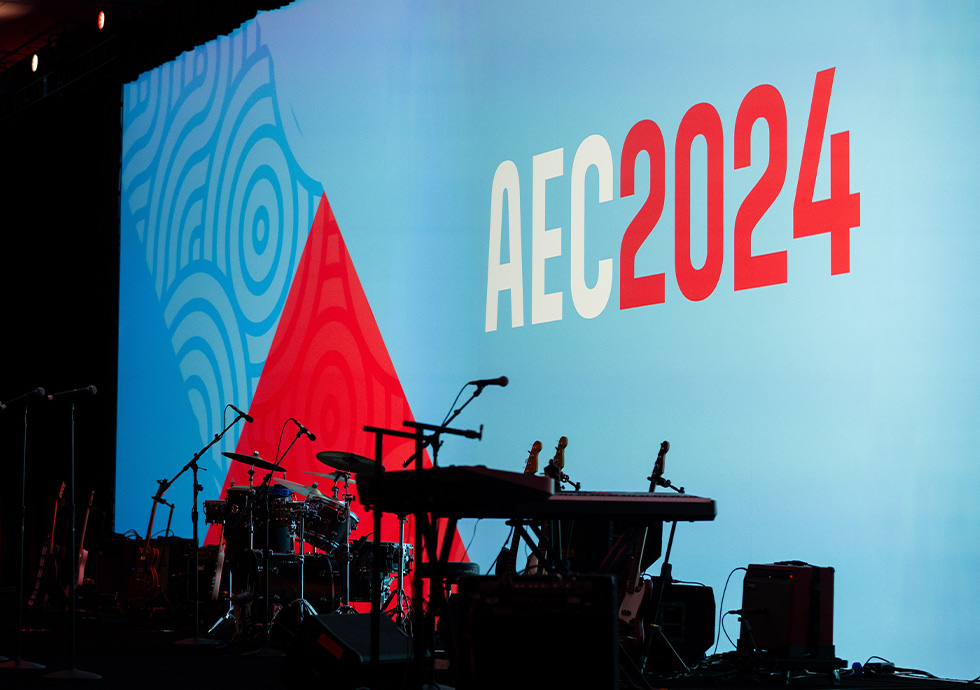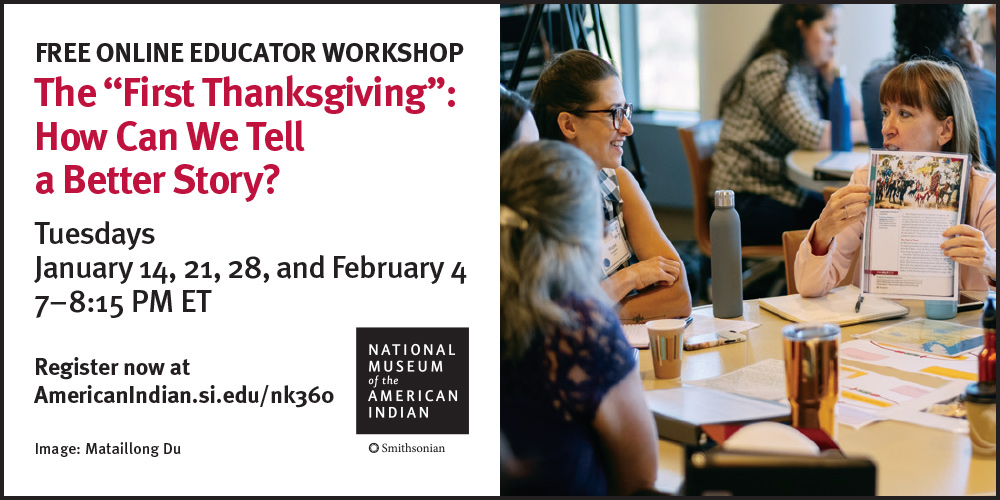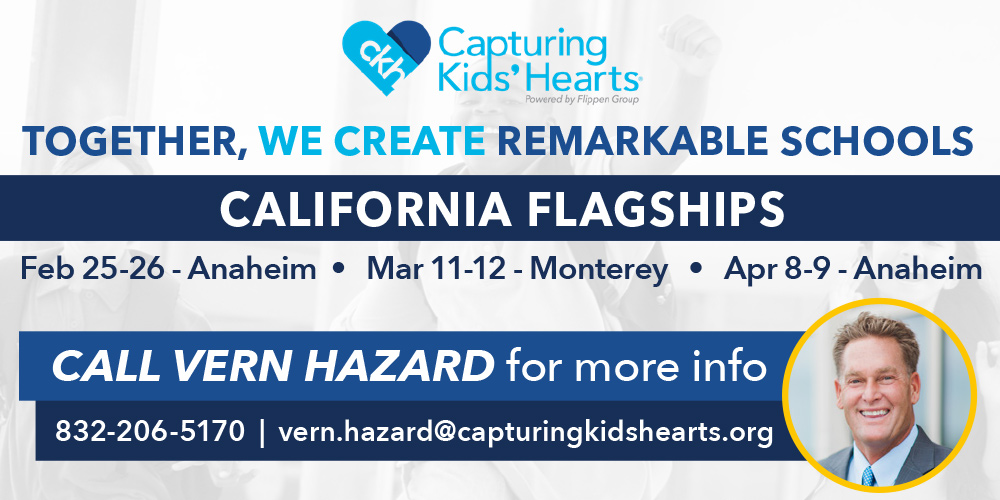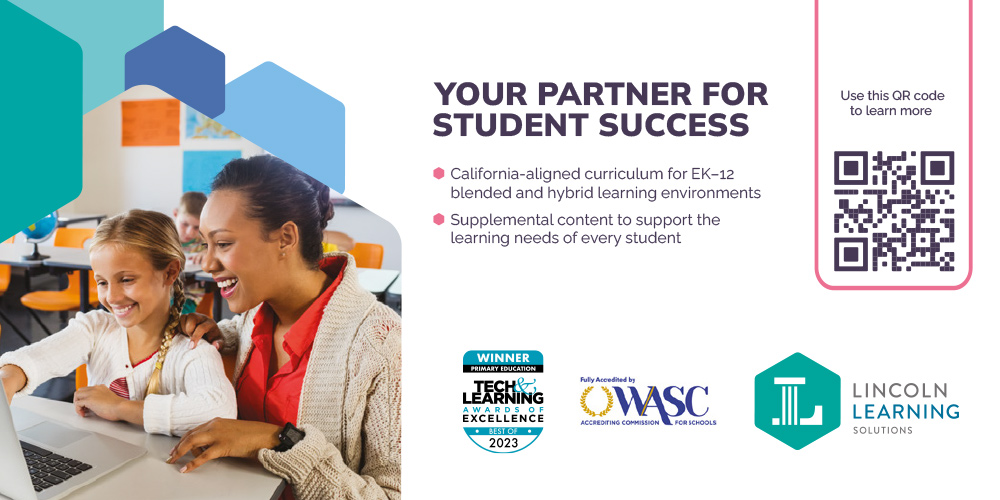Resources


From the first public school house in an old church in San Francisco in 1850, boards of education have grown to oversee more than 1,000 school districts and county offices of education in California. From the eight students in El Dorado County’s Indian Diggings Elementary School District to the nearly 530,000 students in the Los Angeles Unified School District, trustees provide crucial support for California’s 6 million public school students.

Troy Flint | tflint@csba.org
Editorial Director:
Kimberly Sellery | ksellery@csba.org
Staff Writers and Contributors:
Alisha Kirby | akirby@csba.org
Heather Kemp | hkemp@csba.org
Chris Reefe | creefe@csba.org
Tracy Rogers-Tryba | trogers-tryba@csba.org
Christa Jang | cjang@csba.org
Ethan Retan | eretan@csba.org
Marketing & Communications Director:
Monica Griffis | mgriffis@csba.org
Graphic Design & Branding Director:
Kerry Macklin | kmacklin@csba.org
Graphic Designers:
Amanda Moen | amoen@csba.org
Thairah Singharath | tsingharath@csba.org
Bettye Lusk | Monterey Peninsula USD
President-elect:
Debra Schade | Solana Beach SD
Vice President:
Sabrena Rodriguez | Ventura USD
Immediate Past President:
Albert Gonzalez | Santa Clara USD
CEO & Executive Director:
Vernon M. Billy
News and feature items submitted for publication are edited for style and space as necessary.

President’s Message: Bettye Lusk
My career includes time as a classroom teacher, counselor, dean of students, assistant principal and principal. For more than a decade, I have been a strong advocate for CSBA and even as President, I remain a servant-leader, committed to being in the trenches and doing the day-to-day work.
As someone who has experienced the school system as a student, educator and parent, I have a well-rounded perspective on public education and the relationship between a good school board and student success. So I am thrilled that my first column as CSBA President coincided with National School Board Recognition Month. I would argue that our society should celebrate local educational agency boards all year round, but the least we can do is set aside one month to elevate the accomplishments of these governing bodies.
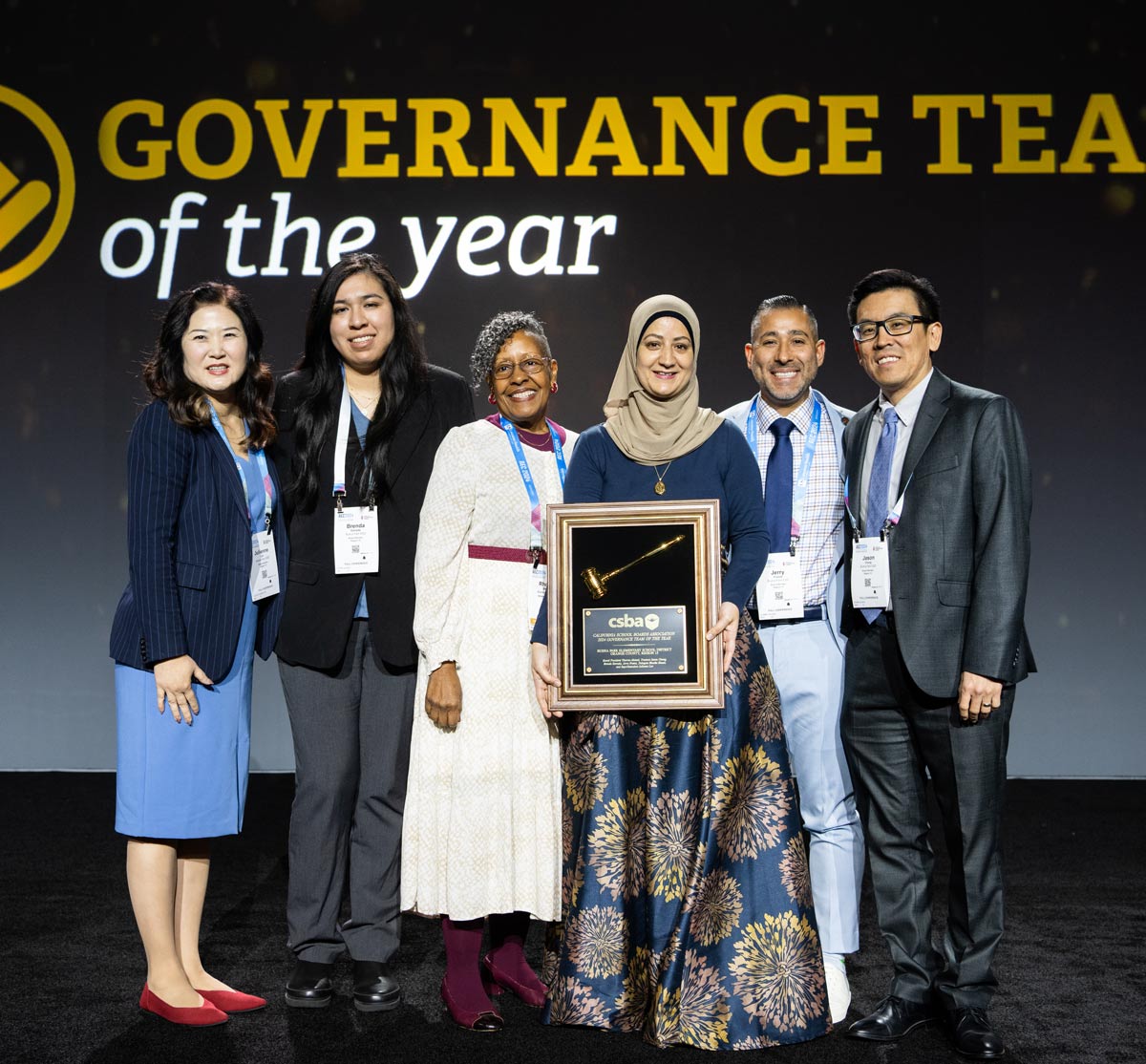
Board President Tharwa Ahmad took the stage alongside fellow trustees Jason Chong, Jerry Frutos, Rhodia Shead and Brenda Estrada and Superintendent Julienne Lee to accept the award.
“This award is a reflection of not just the work we do, but the spirit in which we do it: together, united in our commitment to the students, families and communities we serve,” Ahmad said. “In an ever-evolving educational landscape, our team has remained grounded in our shared purpose, ensuring that every decision we make ignites the passion for learning and promotes achievement for all students. We are a group that came together for the right reasons — to lead with integrity, openness and a collective vision. Our ability to navigate challenges, honor diverse perspectives and keep our focus on student success has been the foundation for our work.”

“You played a crucial role in advocating for education funding. When the Governor wanted to cut $8 billion from the educational budget, your voices made a difference. When the Legislature passed a bill restricting hiring practices, you urged the Governor to veto it, and he did,” Gonzalez said. “Never forget that you are the vital voice of public education. Strong county and district boards are essential in delivering high-quality education to every student in every community.”
The webinar featured CSBA experts and district leaders outlining the major considerations for local educational agencies as they seek to leverage AI’s significant potential to benefit students, staff and community while also safeguarding against potential downsides.


Legislation enacted this past year expands the scope of independent study student work products to include the daily time value spent by a student on asynchronous instruction, such as online or computer-based instructional activities, even when tangible products are not created. Participation in these activities must be documented by a computer program that tracks student engagement. To ensure proper oversight, districts and COEs are now required to maintain documentation of hours or fraction of an hour for both student work products and the time that the student engaged in asynchronous instruction. Evidence of participation can include work produced or performed, or verification by a certificated employee that a student participated in synchronous instructional periods, either visually or verbally.
Data shows that foster youth throughout the nation continue to face lower rates of academic achievement, attendance and post-secondary success while also having higher disciplinary rates compared to nearly all other student groups.
According to the California Department of Education (CDE), about 60 percent of foster youth statewide graduate from high school, compared to 86 percent of non-foster youth. These children, who move schools an average of eight times while in care, lose up to six months of learning with each move.
Attention: For more information about events, visit www.csba.org/TrainingAndEvents.
Masters in Governance (MIG) Course 1: Foundations of Effective Governance/Setting Direction

Thanks for reading our January 2025 newsletter!

